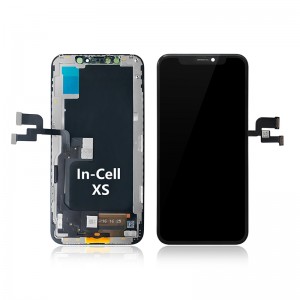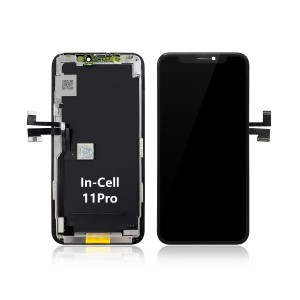LCD Digitizer Accessories Parts Screen Mobile Phone LCDs Touch Display For 11 promax OLED
Detailed Picture
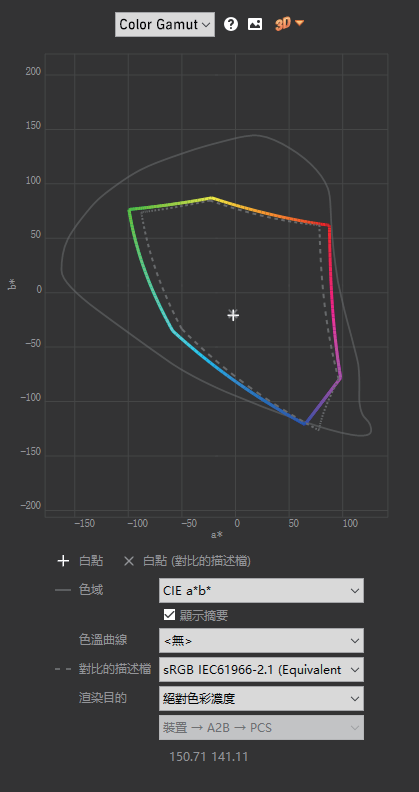
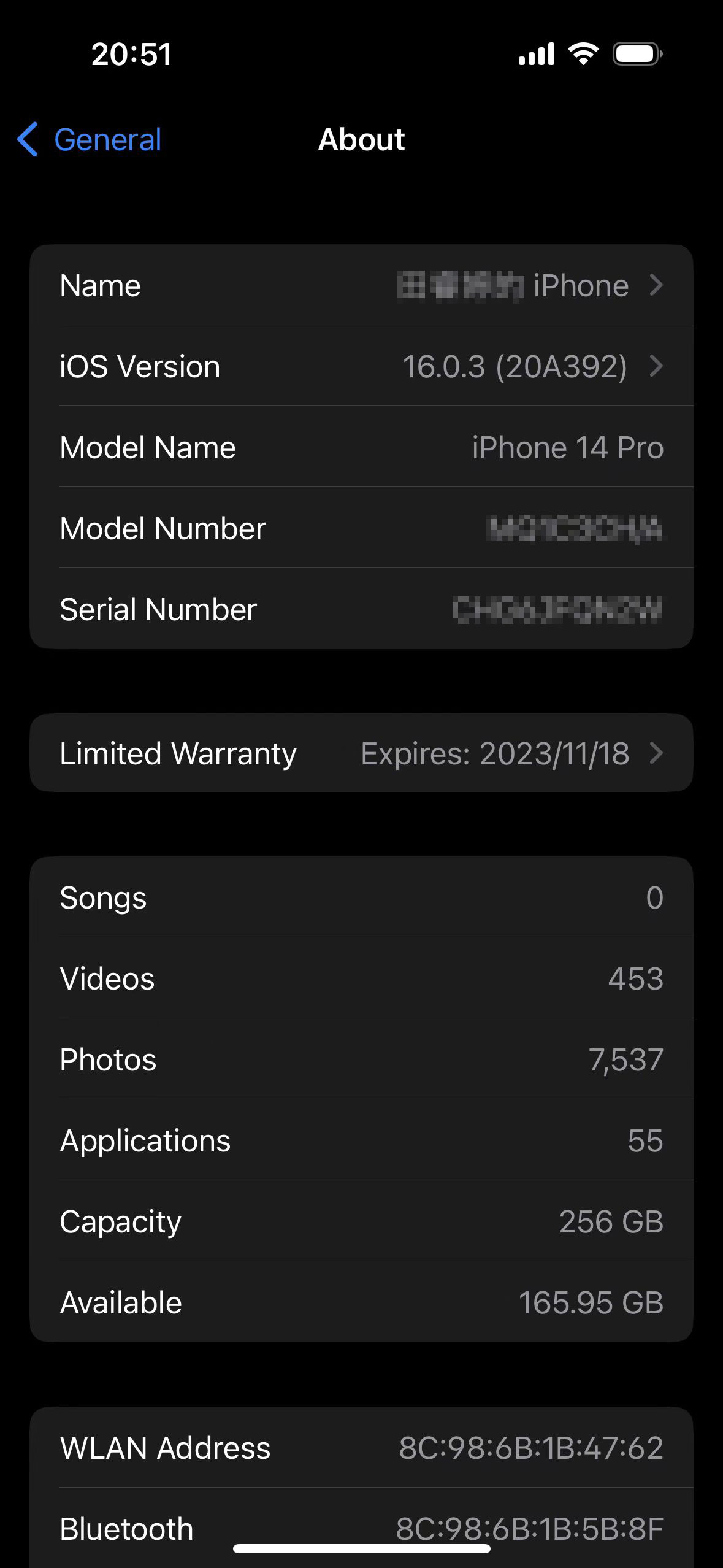
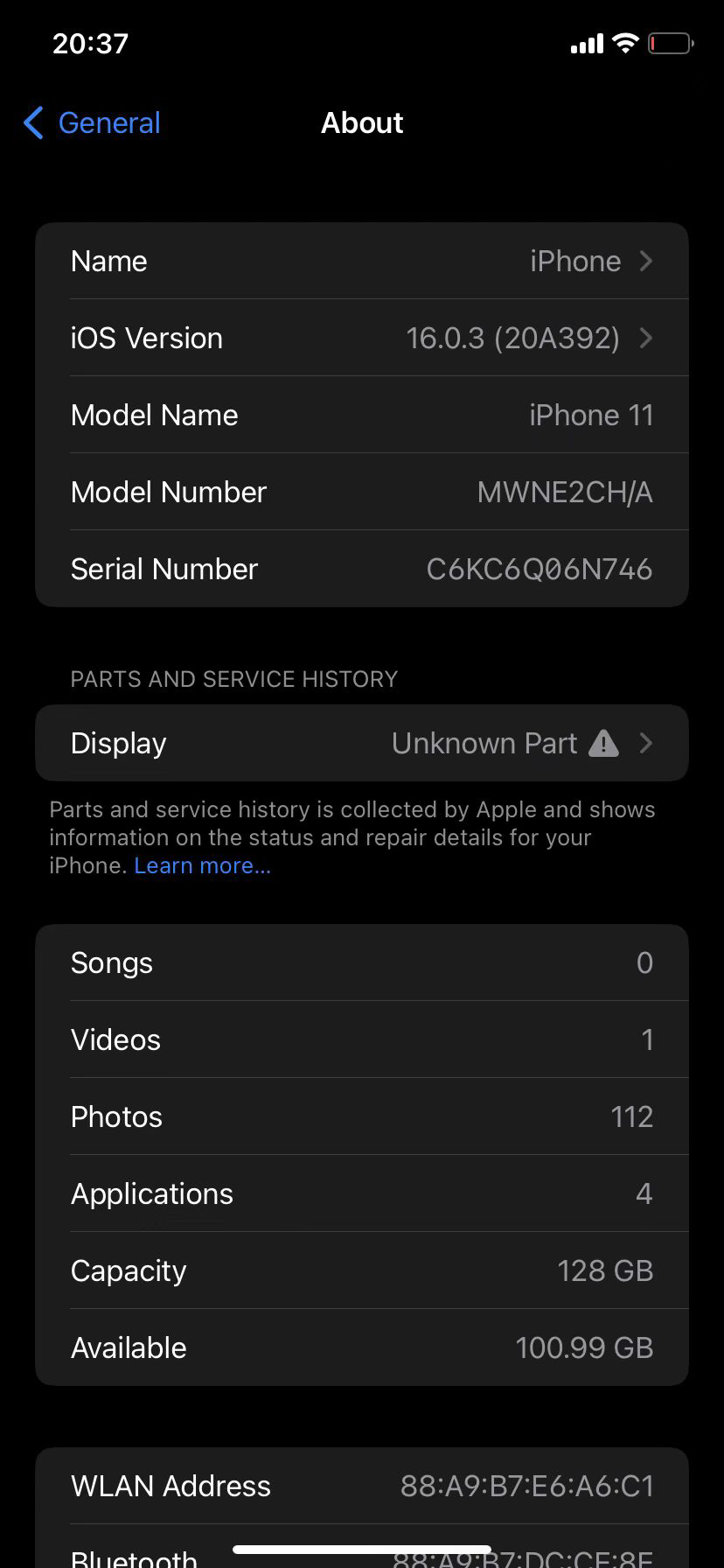

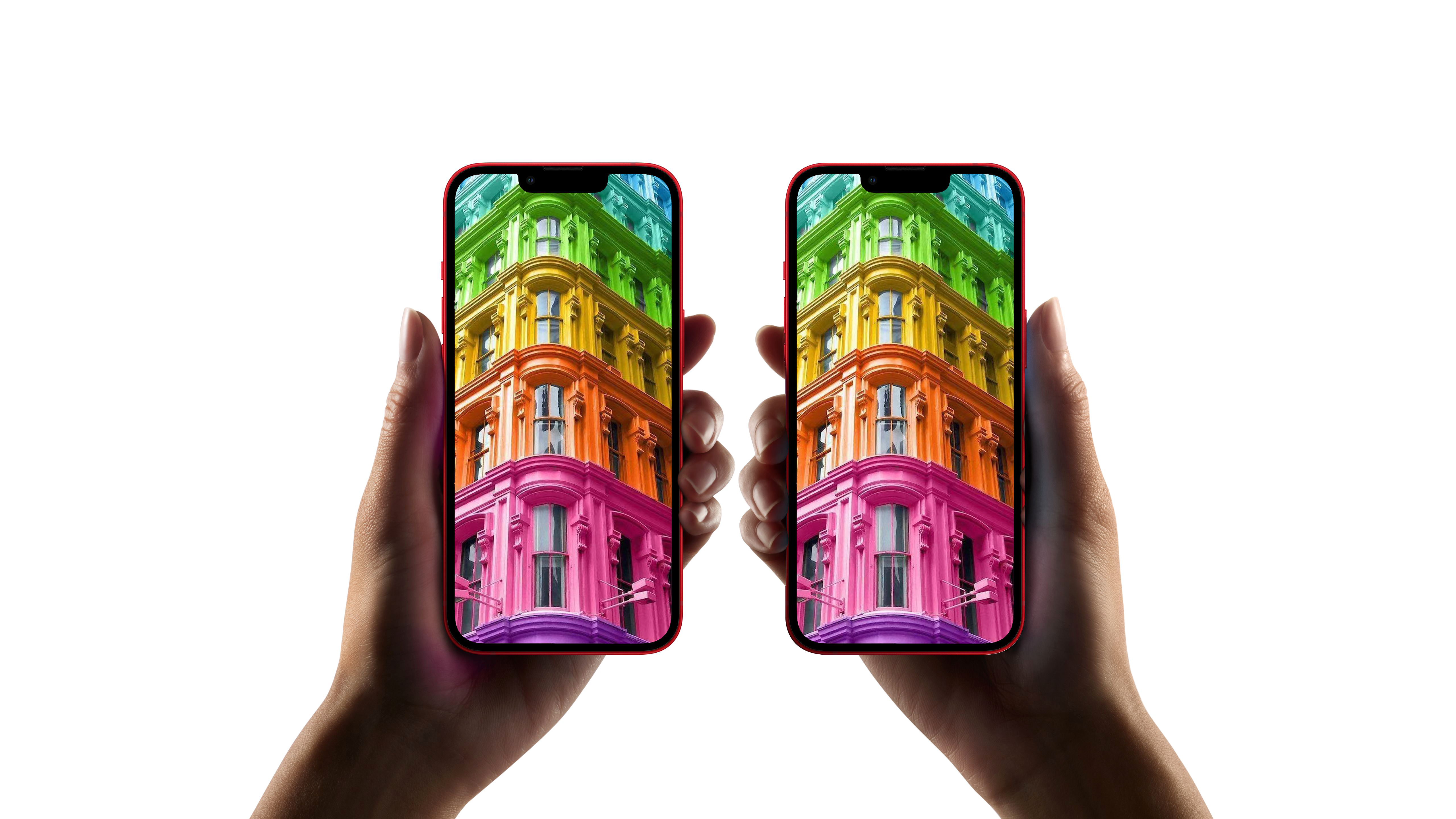
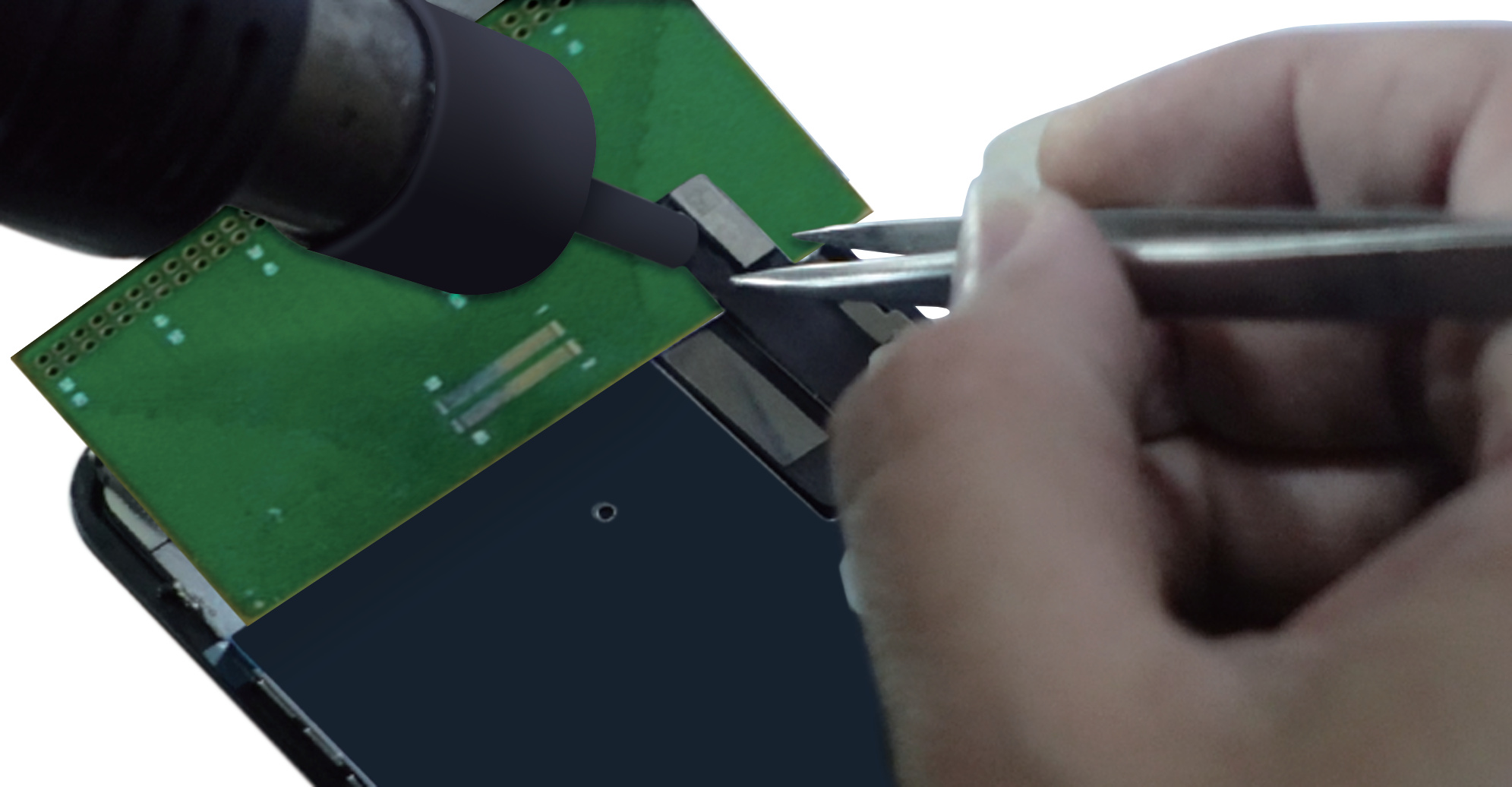
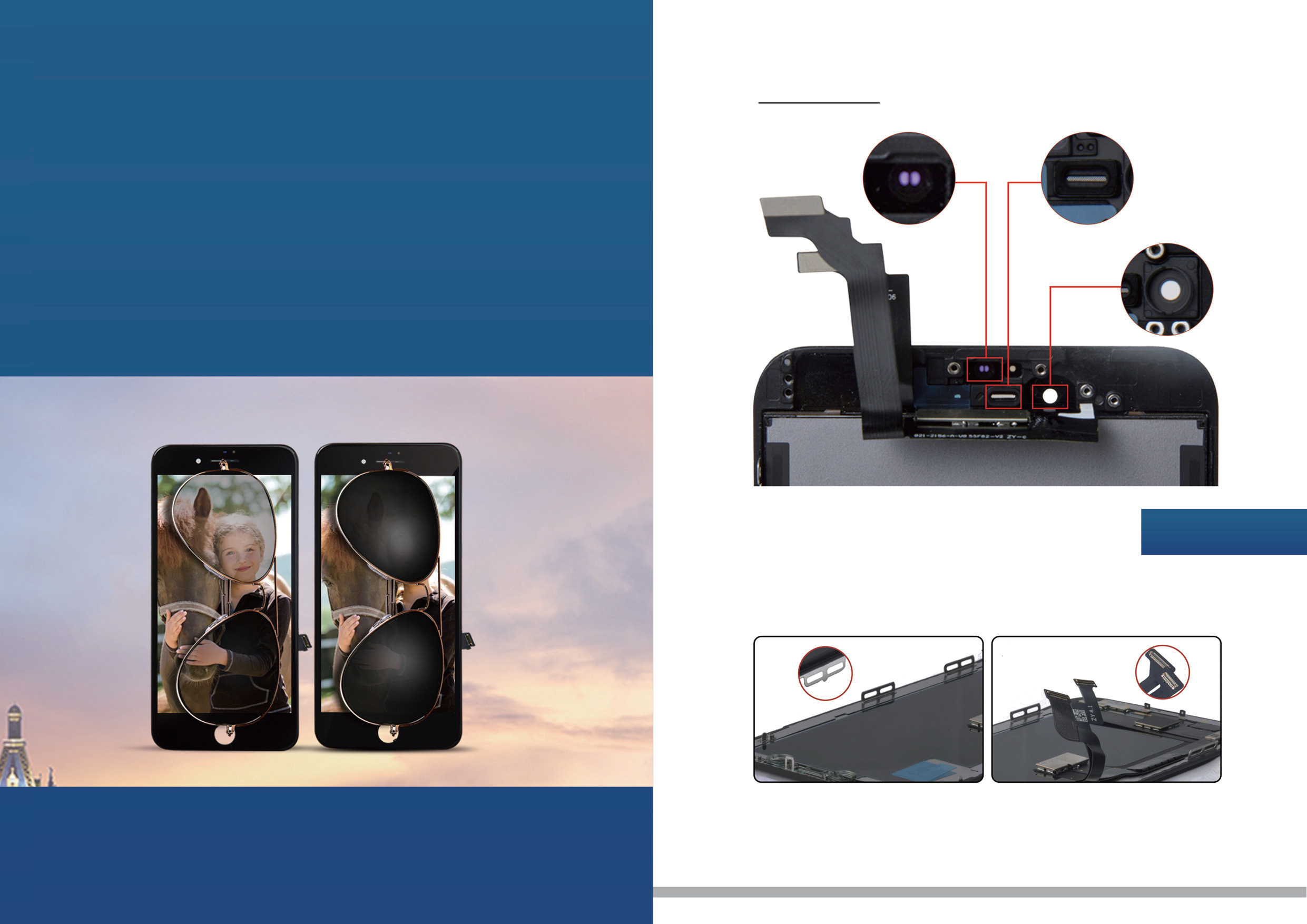
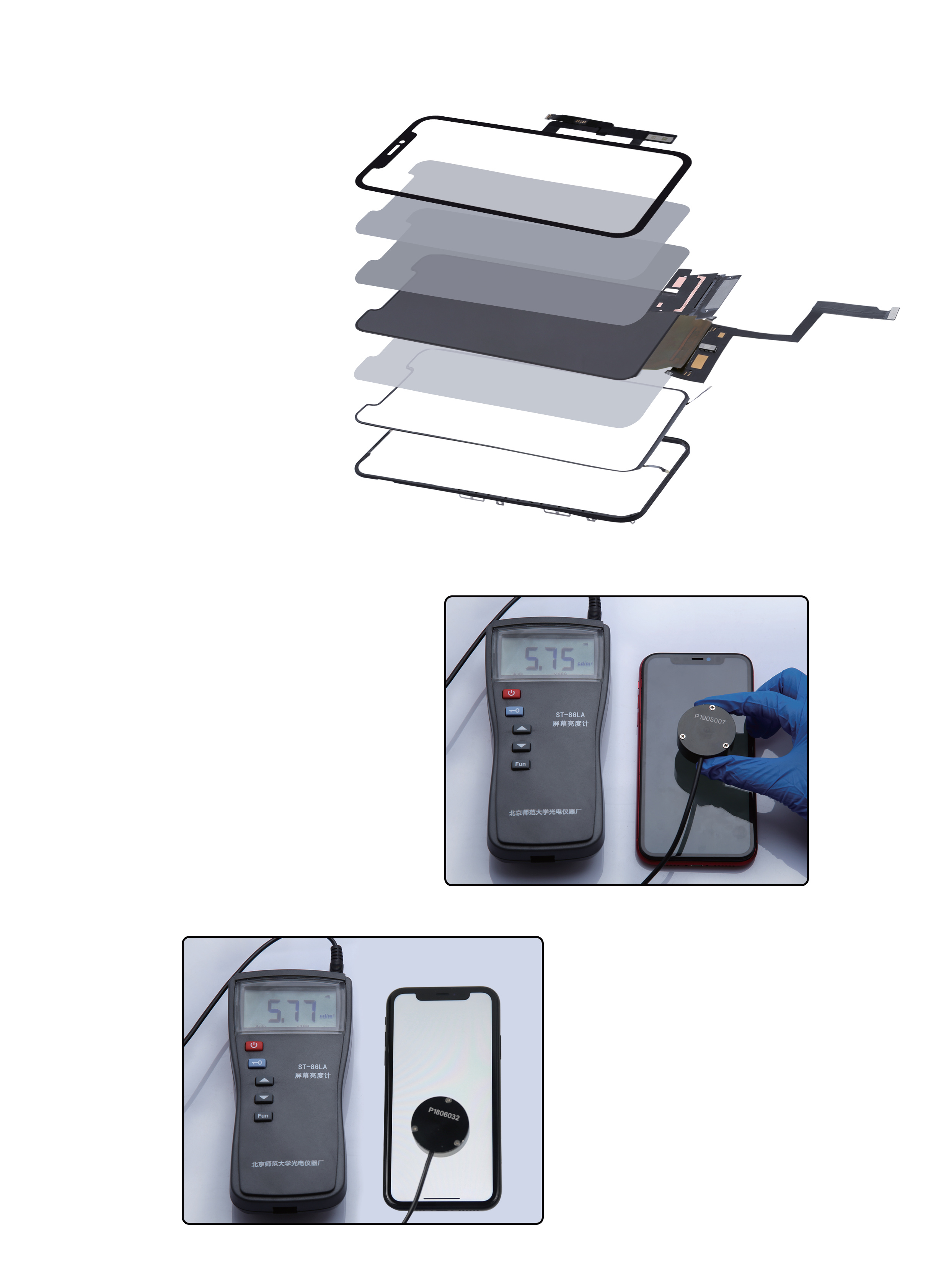
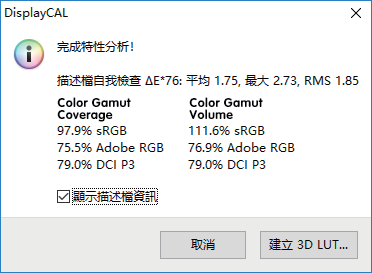
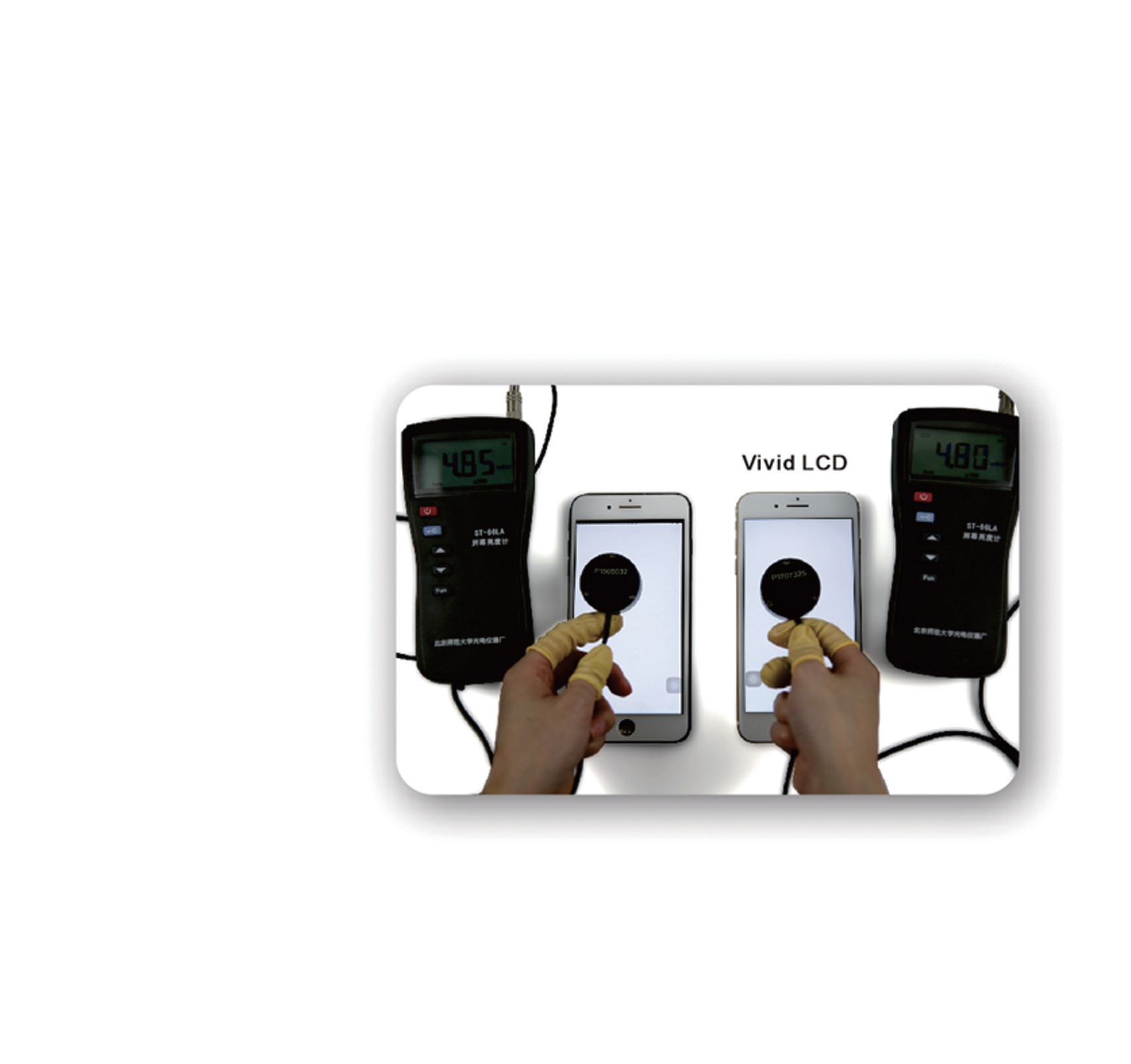
Description
Most smartphones come with a primary camera and a front-facing camera. The primary camera is usually the main camera at the back of the phone and is the primary tool for taking pictures and recording videos. Front-facing cameras, on the other hand, are designed for selfies and video calls. The quality of the front-facing camera is important for video calls and streaming apps like TikTok and Instagram.
Many modern smartphones also come with multiple camera lenses. These lenses are used to achieve different effects when taking photographs. For instance, some smartphones come with a telephoto lens that allows for zooming in on subjects, while others come with an ultra-wide-angle lens for capturing more significant landscapes. Varied lenses provide users with tailor-made photography experiences and more flexibility while taking photos.
Another feature commonly found in mobile phone cameras is image stabilization. Image stabilization ensures that your photos and videos are not shaky, especially when taking photos in low-light conditions or when zooming in on faraway objects. Image stabilization works by compensating for shaky movements, resulting in clearer and more stable images.
Moreover, smartphone cameras also have software processing tools that improve the quality of images. These tools include features like HDR, Night mode, Portrait mode, and other filters. HDR, or High Dynamic Range, is a feature that allows the camera to capture images with more detail, particularly in high-contrast environments. Night mode, on the other hand, is a feature that is designed for low-light environments. It combines several exposures to create a brighter and clearer image. Portrait mode is a feature that blurs the background of an image and keeps the subject in focus, creating a more professional-looking photograph.
Finally, battery life is also critically important when considering what smartphone to purchase. A good battery life ensures that your mobile phone stays powered for the duration of the day without the need for constant recharging. However, several factors can affect battery life, including screen size, resolution, network connectivity, and processing speed.
Feature
Mobile phone screens are susceptible to damage, which can result in costly repairs. Therefore, it is essential to understand how to take care of your phone’s screen. Some of the best practices to maintain your mobile phone screen include:
1. Purchase a screen protector - investing in a screen protector is the best way to protect your mobile phone screen from scratches, cracks, and other damages.
2. Use a protective case - protective cases provide an extra layer of protection against accidental drops and bumps. They also keep your phone safe from scratches and dents.
3. Clean the screen regularly - using a soft cloth or microfiber cloth, clean your screen regularly to remove dust, dirt, and oils that can accumulate on the screen.
4. Avoid direct sunlight - intense heat and exposure to sunlight can cause damage to the screen. Therefore, keep your phone away from direct sunlight when not in use.
5. Don't put pressure on the screen - avoid putting excessive pressure on the phone screen when cleaning or handling it.





